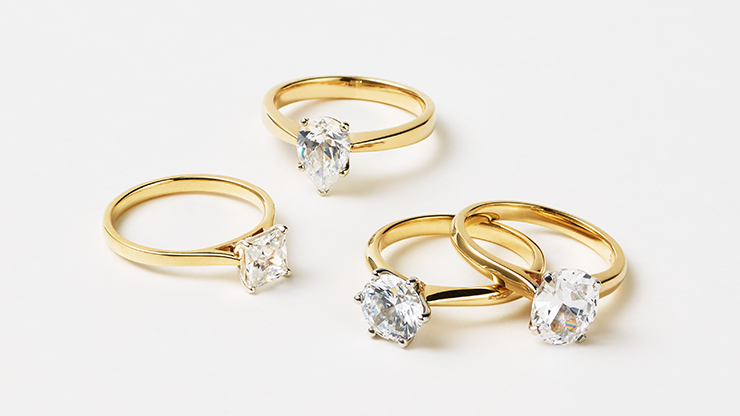Lab-grown diamonds, also referred to as synthetic diamonds, are making a significant impact on the jewellery industry and beyond, driven by a combination of affordability, sustainability, and versatility. This shift in consumer preferences has created new opportunities while simultaneously challenging the dominance of natural diamonds in the market.
The most compelling factor behind the growing popularity of those who buy lab grown diamonds is their cost advantage. These diamonds are typically 40% to 60% less expensive than their natural counterparts, offering the same chemical, physical, and optical properties. The only real distinction lies in their origin—formed in controlled lab conditions rather than through geological processes over millions of years. This affordability allows buyers to obtain larger or higher-quality stones for their budget, making lab grown diamonds particularly appealing for engagement rings and other fine jewellery.
Sustainability is another significant driver. Unlike mined diamonds, which are often associated with environmental degradation and ethical concerns, lab grown stones have a much smaller ecological footprint. Many producers are now using renewable energy in their processes, further enhancing their eco-friendly appeal. This sustainability narrative resonates strongly with environmentally conscious consumers, particularly younger generations seeking alternatives to traditional products.
Customisation is also a major advantage of lab grown diamonds. These stones can be tailored to meet specific preferences, from carat size to colour. The ability to create a broad spectrum of hues has made lab grown diamonds a fashionable choice, especially among millennials and Gen Z. The vibrant colours achievable in synthetic diamonds have even made waves in the fashion industry, offering stylish and unique options for jewellery designers.
Beyond personal adornment, lab grown diamonds are gaining traction in industrial applications. With their identical hardness to natural diamonds, rated at 10 on the Mohs scale, synthetic diamonds provide a cost-effective alternative for use in tools, electronics, and other sectors. This industrial demand further bolsters the position of lab grown diamonds in the global market.
Within the jewellery industry, lab grown diamonds are increasingly seen as a way to offer better value. Consumers can purchase larger diamonds, particularly for engagement rings, without the prohibitive cost associated with naturally mined stones. Recent surveys have shown a strong preference for stones over two carats in size among lab grown diamond buyers, a category that is often out of reach for many when considering natural diamonds. Additionally, non-bridal jewellery accounts for a substantial portion of lab grown diamond sales, with creative marketing campaigns promoting these pieces as both smart and trendy investments.
While lab grown diamonds have gained considerable momentum, legacy brands in the natural diamond sector have struggled to adapt. Few have made significant inroads into the synthetic diamond market, leaving them with growing inventories of natural stones as demand shifts. This has further pressured the pricing of natural diamonds, creating challenges for traditional retailers who remain committed to mined gems.
From affordability to sustainability and modern style, lab grown diamonds are reshaping the diamond industry. Their appeal across diverse consumer and industrial markets signals a lasting shift that legacy brands will need to navigate carefully to remain relevant in an evolving marketplace.

